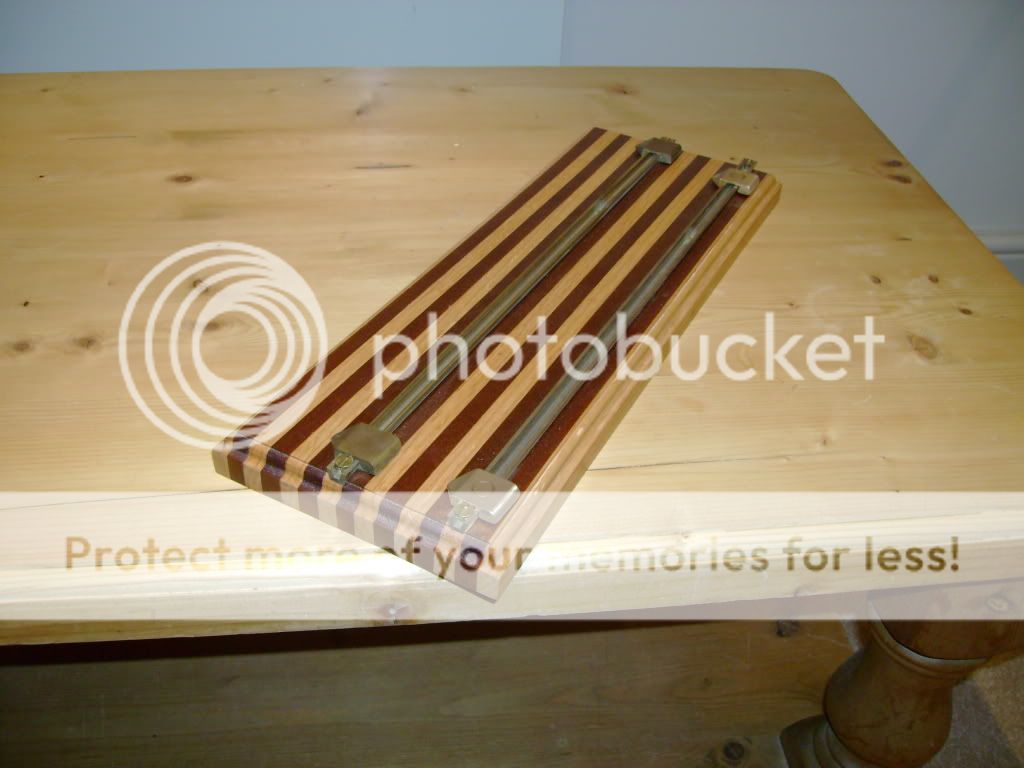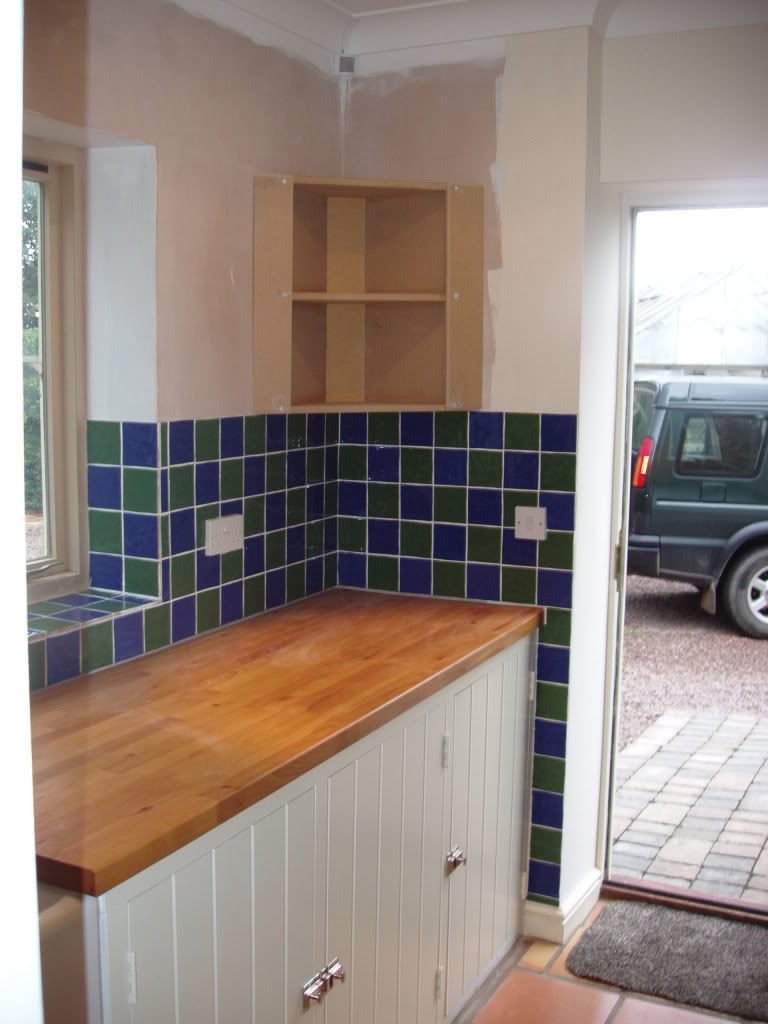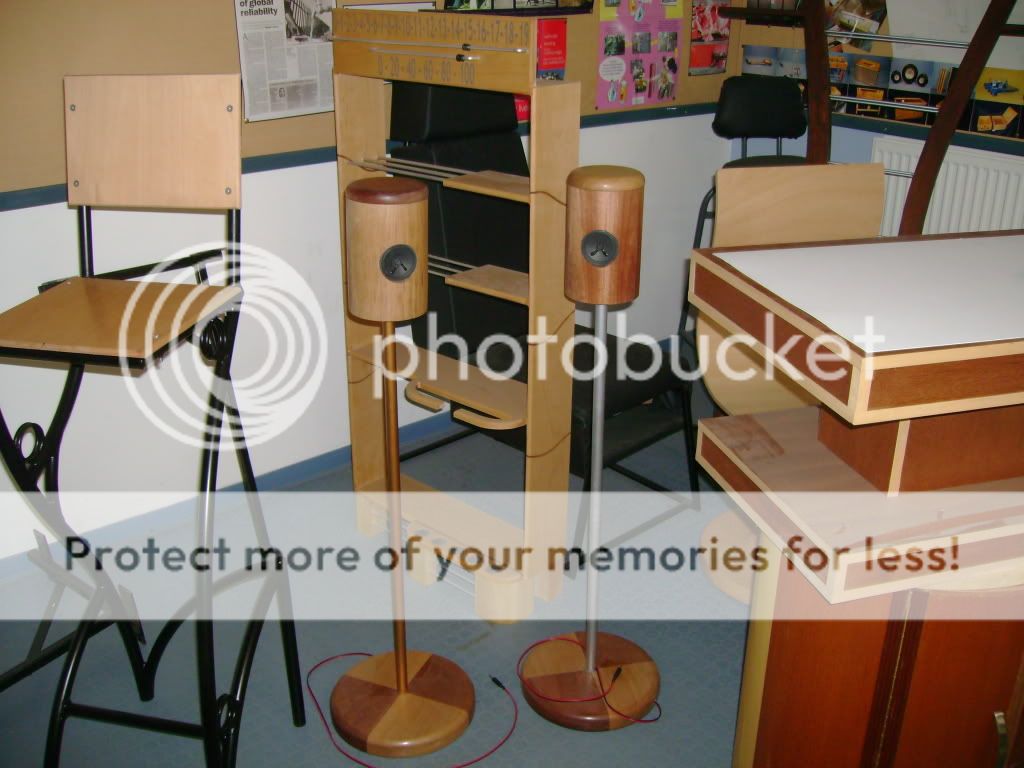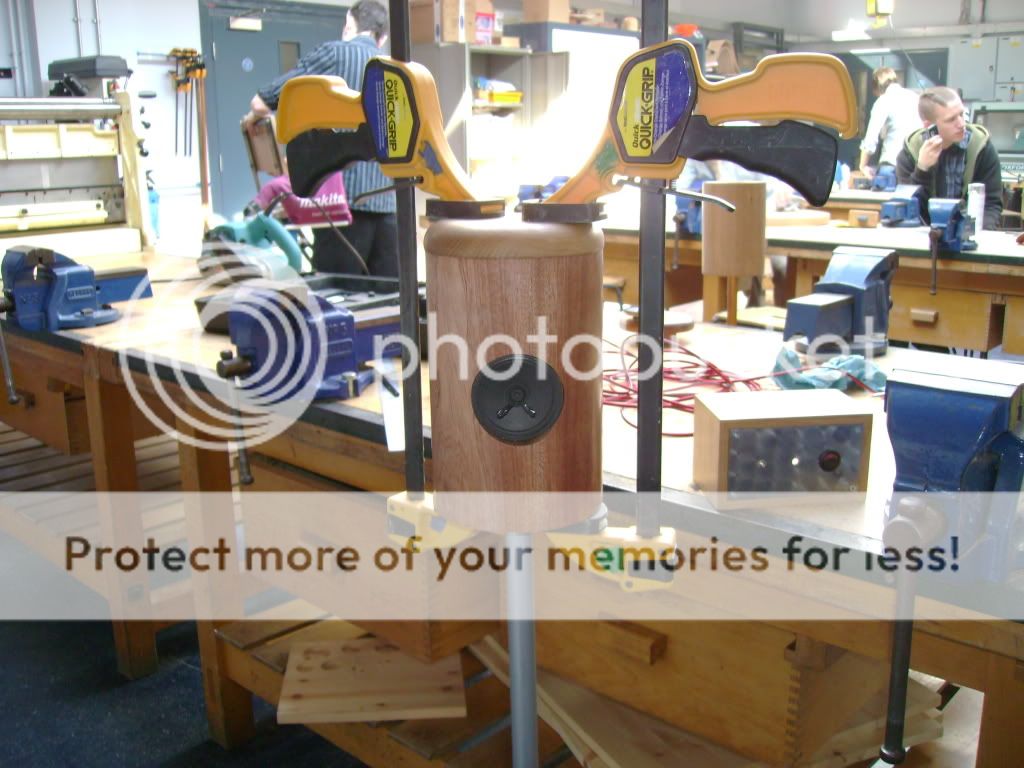jhwbigley":me0rbmxi said:
what are you looking for in a proseptive student? thanks
Basically, with applicants straight from school we look for 5 GCSE's including English at grade C or above, plus two A levels.
Applicants 21 and over are mature students and essentially they have to convince me that they truly want to become furniture designers and makers. They also need to show they can probably handle the academic element of the course, eg, an ability to use and write in English at GCSE level 3 and above, but not necessarily have an English GCSE.
In both cases a strong portfolio of work demonstrating an interest in either, or both practical subjects and art and design subjects helps a lot.
Assessment of practical modules breaks down to approximately 60% to 70% of marks awarded to the artefact made, and 30% to 40% of the marks awarded against what is called the 'supporting documentation', eg, design development, working drawings, estimates, project management, and project report, etc.
In addition to practical modules you study design development modules, technical communication modules (technical drawing [AutoCAD]) timber technology, wood finishing, and critical studies (art and design history) and a personal and professional development module. Second year studies include a design and make project, a CNC module, batch and mass production, an exhibition piece, enterprise studies and a level 2 personal and professional development module.
Taught sessions amount to approximately 14- 15 hours per week, which you may think is not much; but the HE experience is very much about students setting their own targets, managing their time and meeting deadlines. There is a lot of self directed study and practice involved to do well on the course and, believe me, if you were taught five days a week for 6 hours a day it would be far too much teaching. You would be left with far too little time to do all the tasks you have to organise and execute in your own way.
Third year studies, if you choose to study for a BA (Hons), require you work on a professional practice module, write a 6000- 8000 word dissertation, a final major project module, and level 3 personal and professional development module. You propose your own areas of study in the third year in response to briefs.
The course has design content, rather than being design led. You design and make finished items in the main, as against going through a design exercise leading to the creation of models or mock-ups. The academic element of the course, eg, timber technology, gives you the theoretical knowledge to make intelligent choices about the materials you use in your furniture. Critical studies provides you with an understanding of the history of art and design and gives you a sense of who we are and where we are within the whole pantheon of the world of art and design.
For instance, I have probably forgotten more about timber technology than most professional woodworkers ever learn about the subject. I am sometimes taken aback by how poorly some of my fellow professional woodworkers understand the material they work with every day.
The course is hard work; you don't come on the course to simply walk out with a Foundation Degree or BA (Hons) in Furniture Making, you have to earn those qualifications. You are not spoon fed information. My job is a little bit like a chicken farmer. I open the gate of the chicken run, scatter corn about, and sit back and see which hens devour the corn, and which hens can't be bothered, go hungry and wither away.
I spent 30 years in the furniture making industry prior to getting involved with teaching the subject. I know my way around furniture design and making, and I know the woodworking industry intimately and in-depth.
Here is a link to some of the work of graduates from the course. As you will see, these students make real furniture.
http://www.leeds-art.ac.uk/home/showcas ... g-gallery/ Slainte.







































